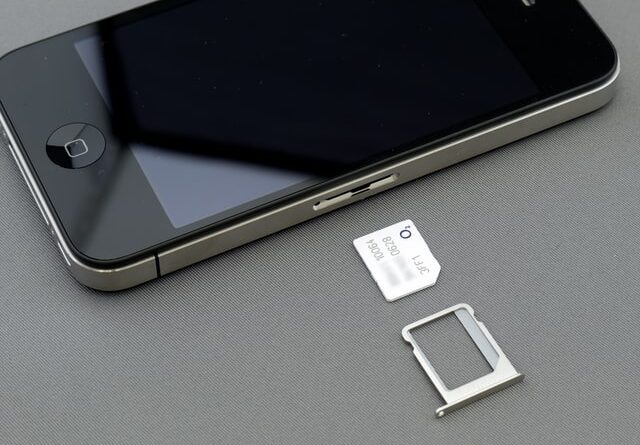How Does a Regular SIM Differ from an IoT SIM Card?
You may be familiar with the traditional SIM card in your phone that carries your contacts, messages, billing details, and phone numbers. Since the development of IoT, SIM cards have developed such that there are IoT SIMs that do not need human control. Mainly, these cards are used in businesses for controlled communication and remote connectivity.
The SIM card allows for better connectivity, unified IoT device management, and consistent data transmission. The critical variance between traditional and IoT SIM cards lies in their manageability and functionality. In that case, we have discussed several disparities between the two options from a business perspective.
Table of Contents
Coverage
One significant difference between the two options is their coverage. Traditional SIM binds your business to a single network with strict terms and charges. This restriction makes it hard to control and scale Internet of Things devices across regions. An IoT SIM, on the other hand, is different. Since it comes with a business focus, it has features that allow global operations. Therefore, you have access to multiple network carriers across the world. The access allows flexibility on the remote control and ease of deployment.
Management and Control
Regular SIMs operate on contract terms on a single network with different rates across countries. This restriction has complications such as high roaming charges, complex logistics where devices must go through a double-check to confirm they carry the correct SIMs, and complicated connectivity management. On the other hand, an IoT SIM card comes from a business perspective.
Unlike regular SIM cards that are difficult to control, these SIM cards are flexible, and the terms in the contract are unique to your company’s needs. Furthermore, you may start, pause and stop connectivity as you wish. With a single SIM, you have access to multiple networks worldwide.
Form Factors and Longevity
The two SIM cards look almost the same. However, the IoT SIM card design has changed with time. Manufacturers aim to reduce weight and size. The fixed SIMs are smaller and compatible with any device. The small size gives room for use in a wide variety of devices.
Furthermore, these SIMs are intended for durability and thick for more resilience. The IoT SIMs are fit for devices in harsh conditions like high temperatures, chemical exposures, and vibrations. Another factor that makes them durable is that they are accessible remotely, making it easy to program them. This accessibility gives room for instant updates and troubleshooting to eliminate issues with the card.
Security and Access
A regular SIM establishes a new IP address every time there is a new data connection. Therefore, you require private APNs and VPNs for secure remote management and control. The difference with IoT SIMs is that the latter allows remote access for configurations and updates. Furthermore, since providers understand the danger of cyberattacks, they provide the SIMs with an extra layer of protection. IoT device security is a vital thing. It ensures the protection of data and keeps you safe from cybercriminals.
Data Usage
If you use a traditional SIM, you have to pay for the entire package regardless of the volume of data you collect and transmit. On the contrary, IoT SIMs allow data transmission at different rates in the business. Therefore, the provider comes with a data package customized to meet your company’s specific needs. Some devices even have an alert system for metered data usage. In short, the IoT SIM contracts have tailored data volume terms where you can cancel, pause, and start the connection.
Additional Features
Manufacturers customize consumer devices to boost experience and increase loading speed. IoT devices do more than this. They offer support with the latest technology for maximized efficiency and reliability. Therefore, an IoT SIM comes with more properties than a regular SIM. For instance, it offers a combination of management and details about any application. APIs make it easy and quick to integrate while applying proper maintenance.
Additionally, it comes with 24/7 customer support that helps solve questions and eliminate doubt. The good thing is that you can reach out for support through different channels like email or telephone. This allows you to solve critical complications that may come up unexpectedly quickly.
In Conclusion
It is vital to know the difference between a traditional SIM and an IoT card for you to run a scalable and effective business. The added functionality of IoT SIM cards allows unified management and control of devices. This control lowers costs and increases security.
Furthermore, the IoT card covers a broader range than traditional SIMs, allowing global connectivity and remote control. So, allocate and manage your IoT devices with the best IoT SIM cards, cloud-based data control, and global networks.




